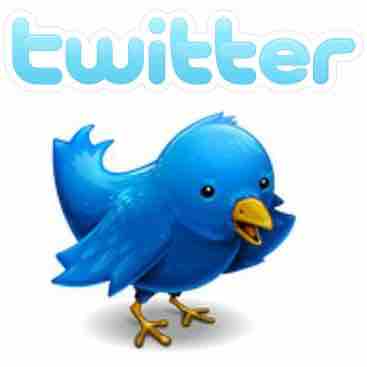There are five components to a promotional or marketing mix (sometimes known as the Five P's). These elements are personal selling, advertising, sales promotion, direct marketing, and publicity. A promotional mix specifies how much attention to pay to each of the five subcategories, and how much money to budget for each. A promotional plan can have a wide range of objectives, including: sales increases, new product acceptance, creation of brand equity, positioning, competitive retaliations, or creation of a corporate image. Let's focus specifically on the promotion element of the marketing mix. There are three basic objectives of promotion and these are:
- To present information to consumers as well as others;
- To increase demand;
- To differentiate a product from other similar or competing products;
There are different ways to promote a product in different areas of media. Promoters use Internet advertisement, special events, endorsements, and newspapers or magazines to advertise their product. Many times with the purchase of a product there is an incentive like discounts, free items, or a contest. These methods are used to increase the sales of a given product.
Product promotion is the act of advertising a good or service with the short or long-term goal of increasing sales. Many companies use different techniques to promote their products through a vast array of communication mediums. In this day and age, there is not necessarily one communication medium that is better than another simply because the most effective medium depends upon on what type of product you are promoting. There is the physical form (magazines and newspapers) of product promotion and the digital form (websites and e-books), both of which require clear and concise textual information about the product being advertised.
Since the turn of the twenty-first century, many companies have been trying to utilize online social media for product promotion. Some of the most popular forms of online social media are Facebook, Twitter, and Pinterest. Within an online social media network, companies have the ability to advertise and promote their products to anyone, at any time, anywhere in the world. Because of the vast popularity and expansion of social media, companies have had great success in marketing products to the younger generation who otherwise might not see an ad in a newspaper or on TV .

Some of the most popular forms of online social media are Facebook, Twitter, and Pinterest.